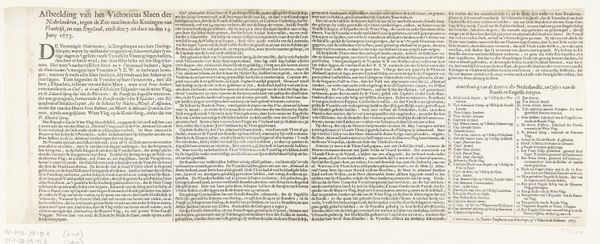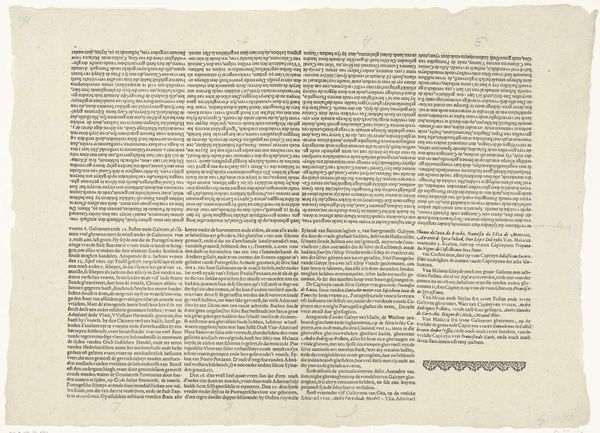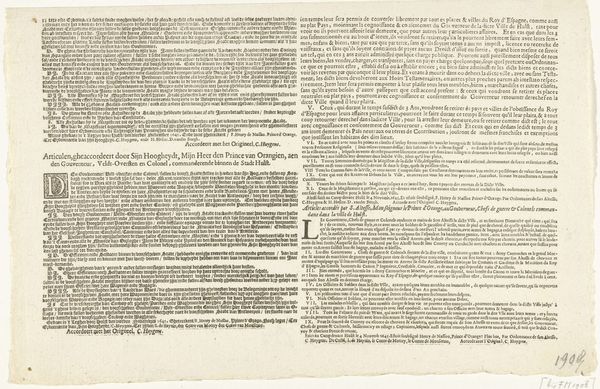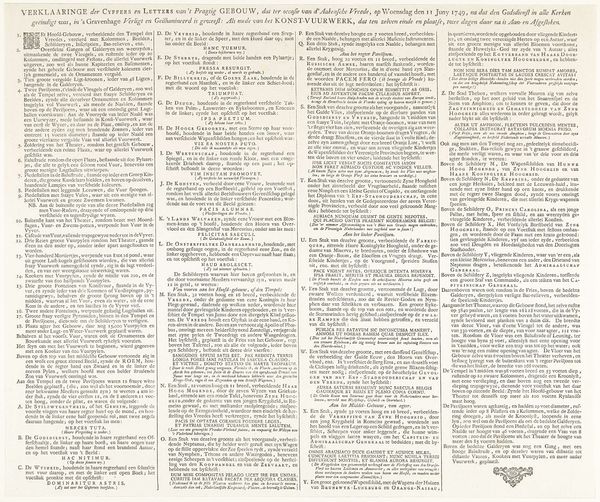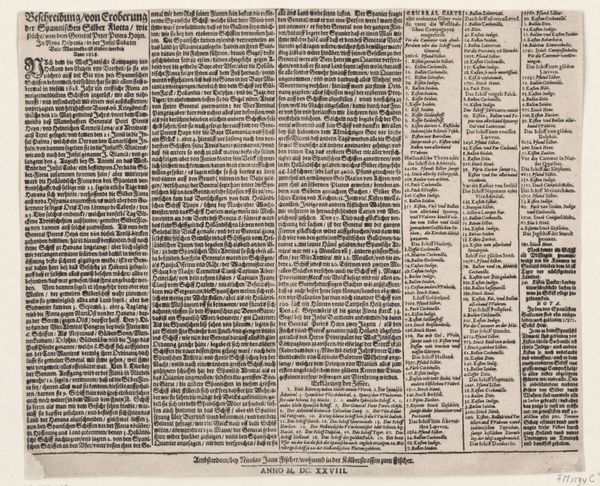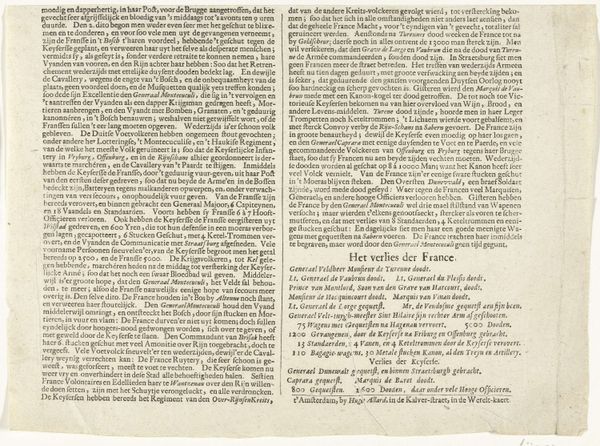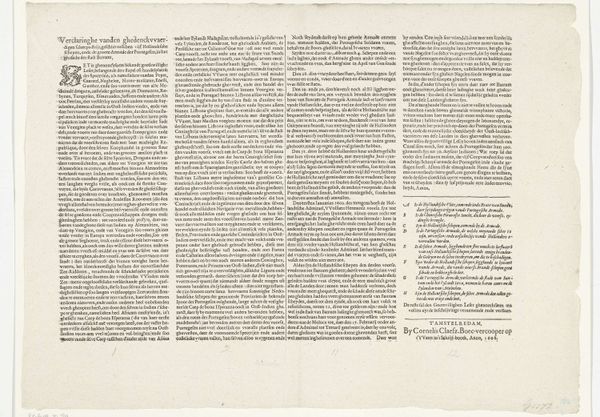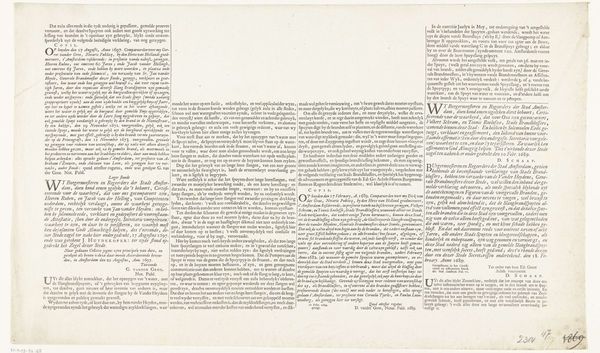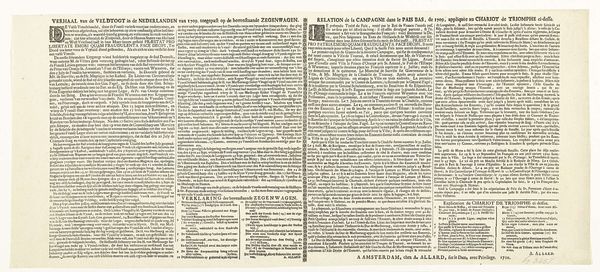
print, engraving
#
dutch-golden-age
# print
#
text
#
engraving
Dimensions: height 179 mm, width 516 mm
Copyright: Rijks Museum: Open Domain
Curator: Looking at this print, it's almost overwhelmingly dense. All text! A striking, austere composition given it celebrates peace. Editor: Indeed! This is "Vrede van Breda, 1667," an engraving by Marcus Willemsz. Doornick. And you are right: it's an unusual artistic choice for commemorating a peace treaty, a complete absence of celebratory visual iconography. That choice certainly makes it read quite differently through modern lenses. Curator: Absolutely. Given that its title translates to "Peace of Breda," I am initially drawn to analyze the socio-political climate in which it was conceived. Why choose text over a more obviously celebratory image? Who was this intended audience? Editor: Precisely! This piece reflects the shift toward documentary approaches that became prominent within Dutch Golden Age aesthetics. The print's success hinged on communicating treaty details, almost like a legal document made accessible for public record. Its reception would hinge on people understanding the war's socio-economic ramifications and this official closure. Curator: It seems an exercise in early information dissemination. We’re conditioned to approach war commemorations with narratives of heroic glory or tragic loss, which creates the tension I see when juxtaposing this objective presentation of information alongside such emotionally weighted cultural memory. Did it subvert those tendencies? Editor: It challenges our conventional expectations. As a printed medium intended for relatively broad distribution, consider how these details—written rather than rendered in images—shape public opinion about the terms and perceived fairness embedded within this peace. Curator: Yes! So the choices involved in relaying complex sociopolitical negotiations about power and equity through typography impact understanding and cultural memory of such events even now. The austere nature pushes the content itself forward. What’s included and how that content is styled? Editor: Precisely. This artifact compels reflection upon those power dynamics at play within the context of early information design practices. How successfully it promoted actual equity among varied stakeholders implicated by the Treaty’s parameters, remains open to examination and critical theorization now. Curator: Thank you! That puts the whole piece in a fresher, necessary, light. Editor: A necessary lens, indeed! Thank you for illuminating those relevant points today!
Comments
No comments
Be the first to comment and join the conversation on the ultimate creative platform.

